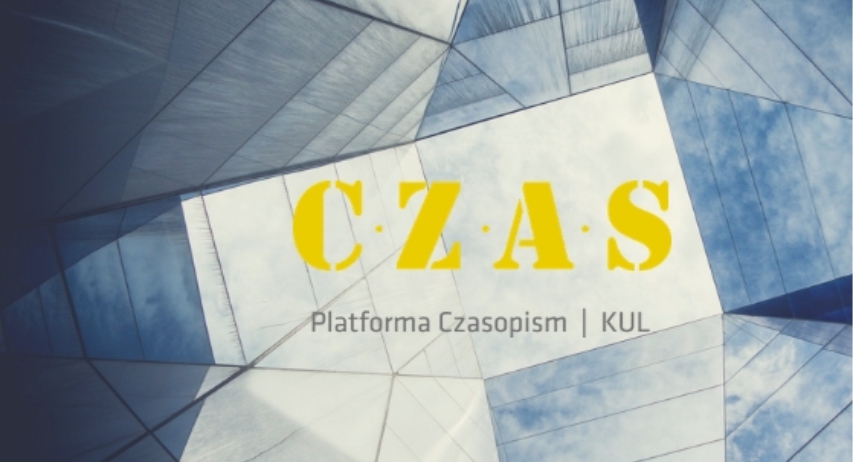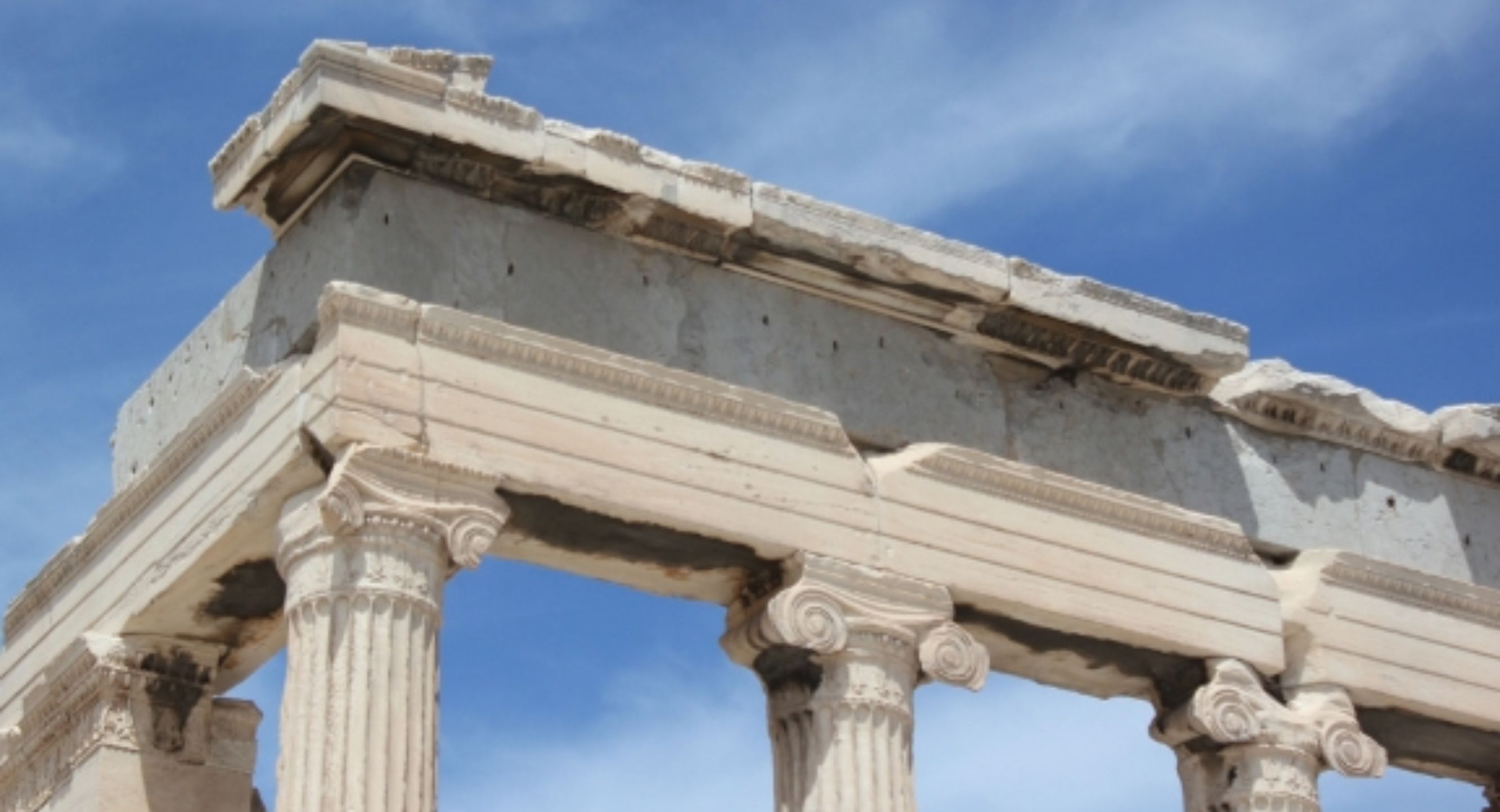Pontius Pilate as a Late Antiquity and Early Medieval Judge – Iconographic Representations
Romana Rupiewicz
Uniwersytet Kardynała Stefana Wyszyńskiego , Polskahttps://orcid.org/0000-0002-8863-6542
Abstrakt
Wizerunek późno antycznego sędziego pozostaje owiany tajemnicą, ponieważ wizualne artefakty obrazujące procesy sądowe należą do rzadkości. Zabytkami pomagającymi rozpoznać ten temat są sarkofagi wczesnochrześcijańskie oraz iluminacje zawarte we wczesnych manuskryptach. Znajdujące się tam przedstawienia sądu nad Jezusem w pełni odwołują się do kultury prawnej IV i V w. Zachodni twórcy nie mieli wiedzy na temat procesu, który odbył się na początku I w. w Jerozolimie, prowincji rzymskiej. Z tego powodu przedstawiali to, co znali z doświadczenia. Obrazy Sądu nad Jezusem są prawdopodobnie najważniejszymi świadectwami ikonograficznymi przywołującym wydarzenia prawne, w których sędzia i oskarżony stoją naprzeciw siebie. Na podstawie przeanalizowanej ikonografii możemy zauważyć, że pewne elementy powtarzają się. Należą do nich krzesło kurulne, skrzyżowane nogi sędziego, wieniec laurowy, stół, obecność innych osób w strojach żołnierskich, a także urzędników, którzy być może pełnili funkcje protokolantów. Późno antyczne wyobrażenia Piłata są w istocie odwzorowaniem wczesnych scen sądowych.
Słowa kluczowe:
Poncjusz Piłat, ikonografia – prawo, sztuka wczesnochrześcijańska, sztuka karolińska, sztuka ottońska, sarkofagi, plakietyBibliografia
The Apologies of Justin Martyr, transl. A. Roberts, J. Donaldson, with brief notes and prefaces A. Cleveland Coxe, Greenwood 2012.
Bourguet P. du, Early Christian Art, transl. Th. Burton, New York 1971.
Brown Tkacz C., Susanna as a Type of Christ, Studies in Iconography 1999, vol. 20.
Cavallo G., Codex Purpureus Rossanensis, Roma 1992.
Coburn Soper A., The Latin Style on Christian Sarcophagi of the Fourth Century, The Art Bulletin 1937, vol. 19, no. 2.
Crossan J.D., Who Killed Jesus? Exposing the Roots of Anti-Semitism in the Gospel Story of the Death of Jesus, San Francisco 1995.
Filarska B., Początki sztuki chrześcijańskiej, Lublin 1986.
Foletti I., The British Museum Casket with Scenes of the Passion: The Easter Liturgy and the Apse of St. John Lateran in Rome, in: The Fifth Century in Rome: Art, Liturgy, Patronage, ed. I. Foletti, M. Gianandrea, Rome 2017.
Goll J., M. Exner, S. Hirsch, Müstair. Die mittelalterlichen Wandbilder in der Klosterkirche. UNESCO-Welterbe, München 2007.
Hourihane C., Pontius Pilate, Anti-Semitism, and the Passion in Medieval Art, Princeton 2009.
Jan Chryzostom Św., Homilie na Ewangelię według św. Mateusza. Część druga: homilie 41–90, ed. A. Baron, transl. A. Baron, J. Krystyniacki, Kraków 2001.
Jońca M., Czyste ręce prefekta Judei, Palestra 2016, vol. 61, no. 3.
Jońca M., Głośne rzymskie procesy karne, Wrocław 2009.
Kobielus S., Concordia Novi et Veteris Testamenti. Zapowiedzi dzieła odkupienia i jego spełnienie w teologii i sztuce ś redniowiecza, Poznań 2013.
Kobielus S., Ikonografia zdrady i śmierci Judasza. Starożytność chrześcijańska i średniowiecze, Ząbki 2005.
Kuryłowicz M., Prawa antyczne. Wykłady z historii najstarszych praw świata, Lublin 2006.
Lisicki P., Kto zabił Jezusa? Prawda i interpretacje, Kraków 2013.
Loerke W.C., The Miniatures of the Trial in the Rossano Gospel, The Art Bulletin 1961, vol. 43, no. 3.
Rupiewicz R., Sąd nad Jezusem. Studium ikonografii oraz źródeł od chrześcijańskiego antyku do nowożytności, Warszawa 2018.
Sobczyk M., Proces Jezusa oczami historyka i prawnika, Studia Iuridica Toruniensia 2013, vol. 12.
Spier J., Picturing the Bible. The Earliest Christian Art, New Haven–London 2008.
Święcicka P., Proces Jezusa w świetle prawa rzymskiego. Studium prawno-historyczne, Warszawa 2012.
Tertulian Q.S.F., Apologetyk, transl. J. Sajdak, Poznań 1947.
Wolf M., Müstair. Falttafeln zu den Mittelalterlichen Wandbildern in der Klosterkirche/ Piante pieghevoli delle pitture parietali medievali nella chiesa dell’abbazia, München 2007.
Licencja

Utwór dostępny jest na licencji Creative Commons Uznanie autorstwa 4.0 Międzynarodowe.
Autor oświadcza, że utwór jest dziełem oryginalnym i nie narusza jakichkolwiek praw osobistych lub majątkowych osób trzecich oraz, że jego prawa autorskie do utworu nie są ograniczone w zakresie objętym umową podpisywaną z Wydawcą.
Autor publikacji przenosi nieodpłatnie na Wydawcę autorskie prawa majątkowe do składanego do publikacji Utworu (artykułu) bez ograniczeń czasowych i terytorialnych na następujących polach eksploatacji:
a) wytwarzanie, utrwalanie i zwielokrotnianie określoną techniką egzemplarzy Utworu, w tym techniką drukarską, zapisu magnetycznego oraz techniką cyfrową;
b) wprowadzanie do obrotu, użyczenie lub najem oryginału albo egzemplarzy Utworu, oraz rozpowszechnianie w postaci otwartego dostępu, zgodnie z treścią licencji Creative Commons Uznanie Autorstwa 4.0 Międzynarodowa (zwanej również jako CC BY), dostępnej pod adresem: https://creativecommons.org/licenses/by/4.0/legalcode.pl;
c) włączenie Utworu w skład utworu zbiorowego;
d) opublikowanie na stronie internetowej czasopisma, publiczne wykonanie, wystawienie, wyświetlenie, odtworzenie oraz nadawanie i reemitowanie, oraz publiczne udostępnianie Utworu w taki sposób, aby każdy mógł mieć do nich dostęp w miejscu i w czasie przez siebie wybranym;
e) wprowadzanie Utworu w postaci elektronicznej na platformy elektroniczne lub inne wprowadzanie Utworu w postaci elektronicznej do Internetu lub innej sieci.
Przeniesienie autorskich praw majątkowych do utworu następuje nieodpłatnie, z chwilą podpisania umowy.







